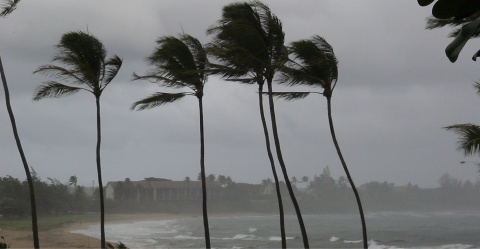
The Pacific Ocean covers 32% of Earth’s surface area, more than all the land combined. Unsurprisingly, its activity affects conditions around the globe.
Periodic variations in the ocean’s water temperature and winds, called the El Niño–Southern Oscillation, are a major meteorologic force. Scientists know that human activity is affecting this system, but are still determining the extent. A new study in Nature has revealed that the atmospheric component — called the “Pacific Walker Circulation” — has changed its behavior over the industrial era in ways that weren’t expected. The international team of authors also found that volcanic eruptions can cause the Walker Circulation to temporarily weaken, inducing El Niño conditions. The results provide important insights into how El Niño and La Niña events may change in the future.